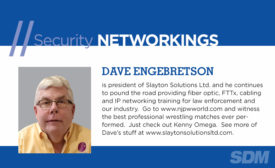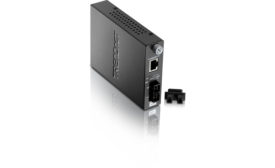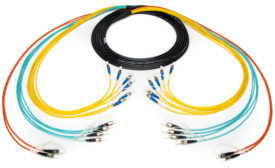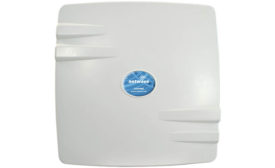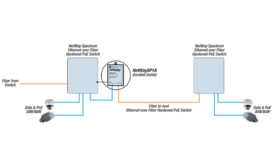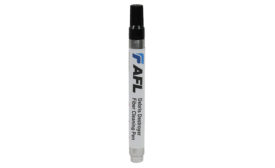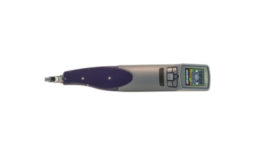Home » Keywords: » fiber optics and security
Items Tagged with 'fiber optics and security'
ARTICLES
Security NetWorkings
New Fiber Connectors Require New Testing Hardware
Fiber Optic Technology
October 7, 2019
Security NetWorkings
Using Duct, Cellophane and Painter's Tape for Fiber Optic Installations
August 5, 2019
Security Networkings
Precision from TRENDnet: New Light Source for Fiber Optic Testing
July 1, 2019
ISC West booth # 26087, 26089
ComNet Ethernet Solution Provides Increased Performance
April 1, 2019
Be in the forefront of security intelligence when you receive SDM.
Join over 10,000+ professionals when you subscribe today.
SIGN UP TODAY!Copyright ©2024. All Rights Reserved BNP Media.
Design, CMS, Hosting & Web Development :: ePublishing
